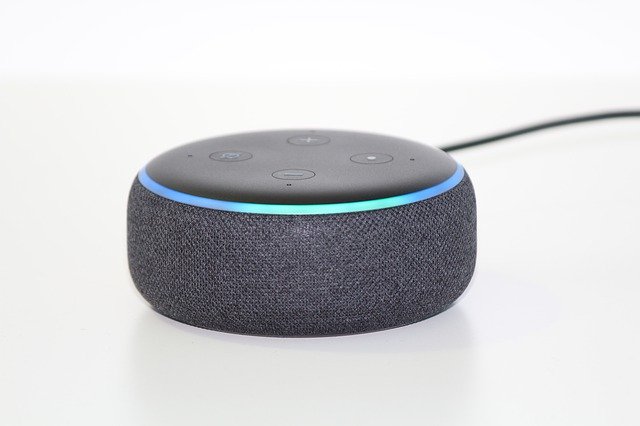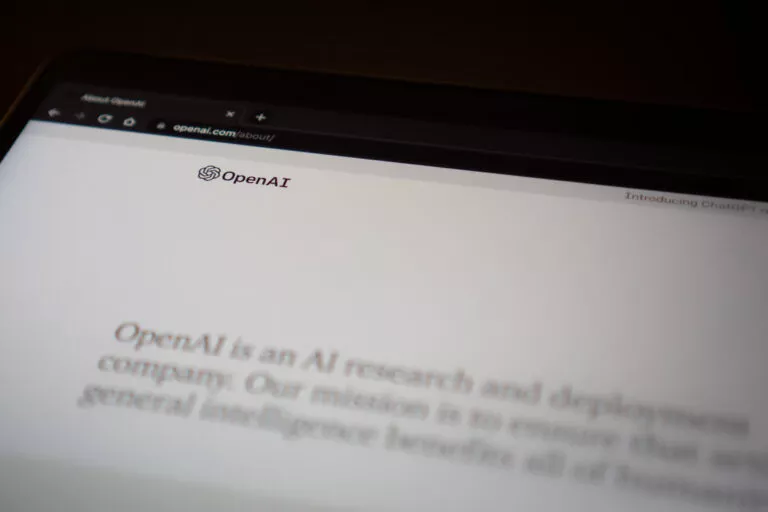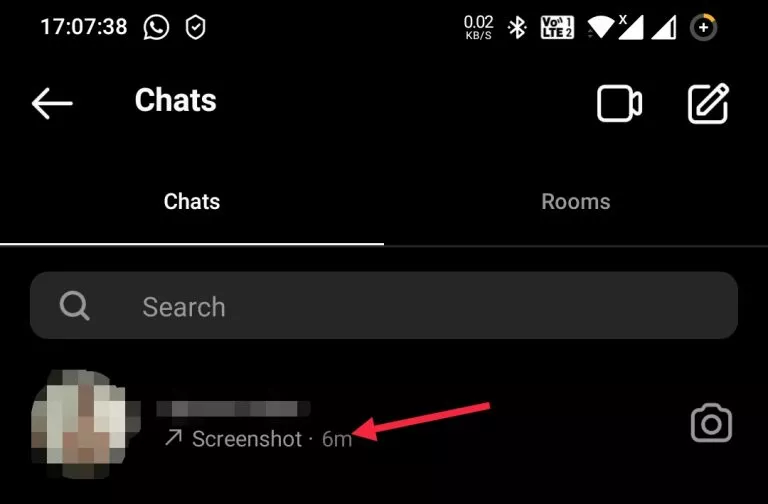What Is Natural Language Processing?

Natural Language Processing (NLP) is a technology that defines how computers can understand human text and speech. Currently, it is prevalent across our device ecosystem due to chatbots, voice assistant apps such as Siri, and smart speakers such as Amazon Echo.
This approach enables computers to engage in natural conversations with users instead of sending them pre-programmed responses. To achieve this, NLP divides speech/text into subsets and then compares them to previously collected data to decipher the meaning.
Essentially, NLP is an application of machine learning that focuses on facilitating computer software to better communicate with humans.

How does NLP work?
NLP employs AI and computer algorithms across three stages to understand human language. The first stage involves collecting human speech or text and breaking it down into small units. These units are then matched with existing data to recognize the words or sentences received. In this step, the detected human language is successfully converted into a programming language. This stage is the “speech-to-text” process.
Next, the computer makes grammatical sense of the received input by sorting out the nouns, adjectives, tenses, etc. This helps it decipher the context and true meaning of the natural language. This stage is the “part-of-speech” or POS stage.
Finally, in the “text-to-speech” stage, the computer’s response is converted from its programming format into human language. This is done so that the output can be understood by the user.
Applications of NLP
Here is an array of NLP applications we encounter in our day-to-day lives. It spans from offline features such as autocorrect to online uses such as content filtering.
- Chatbot
- Autocorrect
- Search suggestions
- Search engine results
- Social media content moderation and monitoring
- Voice assistant apps (speech recognition)
- E-mail Filtering
- Language translation
- Text-to-speech apps
- Targeted ads
- HR Recruitment Software
If you like this simple explainer, check out our Short Bytes section. We take complex tech topics and break them into short, easy-to-understand articles.






